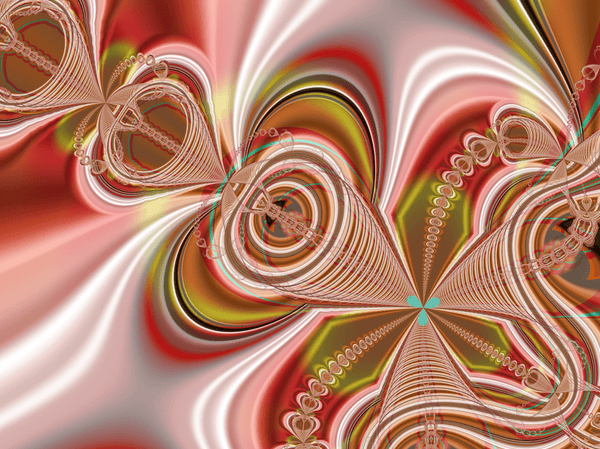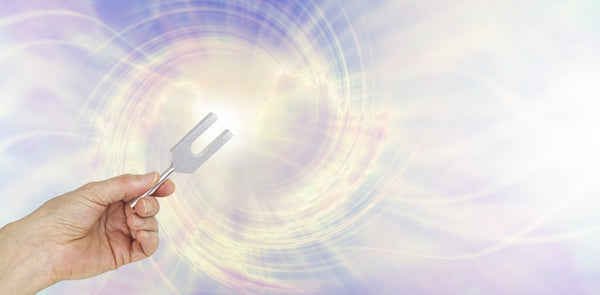Falling into Organisation

Falling Into Organization
By: Maria Ayyat
“Some of us think holding on makes us strong, but sometimes it is letting go.”
– Hermann Hesse, German novelist, short story writer and poet
The idea of spine splatting was a tool Karin first introduced to me in a private session. It was during my experience of Torso Press—for those of you who may be unfamiliar with this movement, this looks like the initial ‘pressing down’ while executing Teaser or Reverse Swan on top of the Wundachair. Spine splatting is an imagery-thought tool we use in Spatial Medicine | CPM Education to release unnecessary tension not just in the spine, but also within the pelvis and abdominal cavity. The result is an appropriate automatic organization of the myofascia, for the job at hand, with available load distribution. Within our tissues, this translates into resilience, responsiveness and adaptiveness (for the job at hand), and repair/recovery afterwards.
The intention in spine splatting is to allow the body to be ‘caught’ by the natural, auto-regulating support of our tissue. For me, splatting during Torso Press also required great trust and connection of the arms to support me as I let my pelvis, abdominals and spine fall into self-organization. When you play with this exercise, know there may be temptation to throw the pelvis under, shear the head forward, squeeze in the deep external hip rotators and/or the gluteals, retract the scapulae, and push with the arms in order to move the pedal—to rush for the final photo, so to say—but if you allow calm in the nervous system and wait for the free-fall (see my article from last month), you’ll be greatly rewarded with some honesty in your tissues and much-coveted release into organization.
For those of you who have experienced or can imagine this idea of allowing structural release—via movement—to fall into organization, it’s quite a vulnerable yet exciting feeling … a free-drop into nothingness and then you are ‘caught’ by an internal something-ness. It’s this very sense of feeling lost, where we find the means of support within our tissue. If you watch an infant prepare to roll over, then crawl, then stand, then walk, you’ll observe there’s a series of moments where the infant will go through too much and then too little control, until they fall into that Goldilocks-and-the-Three-Bears moment of just right so that they are able to mobilize their little bodies in action—in a way that’s natural and auto-regulating for them.
It’s uncanny to think that as somatic movement instructors that the greatest gift we can perhaps give our clients and ourselves is the permission of child-like movement, of releasing or spine splatting to have more organization. It may look like this process:
- Let go into organization (spine-pelvis-abdominal splat, release, fall behind the sternum—get creative and child-like with your images)
- Specifically allow movement to organize us (versus pre-squeezing or gripping muscles, the action of plank, for example, will ‘call upon’ the right muscles to contract correctly)
- Maintain our contact points (constant contact) for optimal distribution and tensegrity through our tissues (so again, in plank, if we keep consistent pressure under our hands and the balls of our feet, and release unnecessary tension in the body, then we can contain and distribute these pressures equally throughout the body. Think of happy, available fascia as a balloon that has no holes, kinks or obstructions: air can shape and create the form because of perfect tensegrity between air and the balloon walls … the constant contact of the balloon tie/closure helps to maintain the form).
For me, one of the most beautiful places to experience this splatting-into-organization is not just in my movement studio—with myself and my own clients—but also out on the trails or on the roads when I run. This primal movement can be one of the most ideal places to release-into-organization. It may start by observing the un-doing of my breath, my gut system, any structure, really and I just allow my legs to hang and move from my diaphragm (breath). I am in a constant process of self-managing my system by letting go to find more organization, while moving. Just like in Torso Press, there may be a moment of, ‘well what is going to catch me now if I don’t pre-grip in A, B or C?’ And then I think how a happy toddler runs, with abandon, oftentimes laughing or arms thrown up in surrender to joy … they are being ran/moved versus they are consciously running, a curious paradox that we strive for in our school.
While this paradox may or may not be your experience during a run, walk or in Torso Press, the next time you’re in your body, try imaging or allowing some idea of letting go of your structures, or for you anatomy fans, perhaps imaging the transversospinales or pelvic diaphragm melting or releasing. You’ll hopefully find that this idea of structural splatting isn’t too whoo-whoo or far-fetched a concept at all; the process can be a traceable, beautiful experience and as Hesse envisaged in the opening quote, sometimes the letting go does makes us strong.
© 2017 Maria Ayyat
Also in Articles

The Integral Body: The Deep Front Line - Our Axis - Our Self
The Deep Front Line – Our Axis – Our Self -
Connecting to this deep and hidden line of fascia is connecting to the deepest parts of your self.

Exploring the Upper Four

